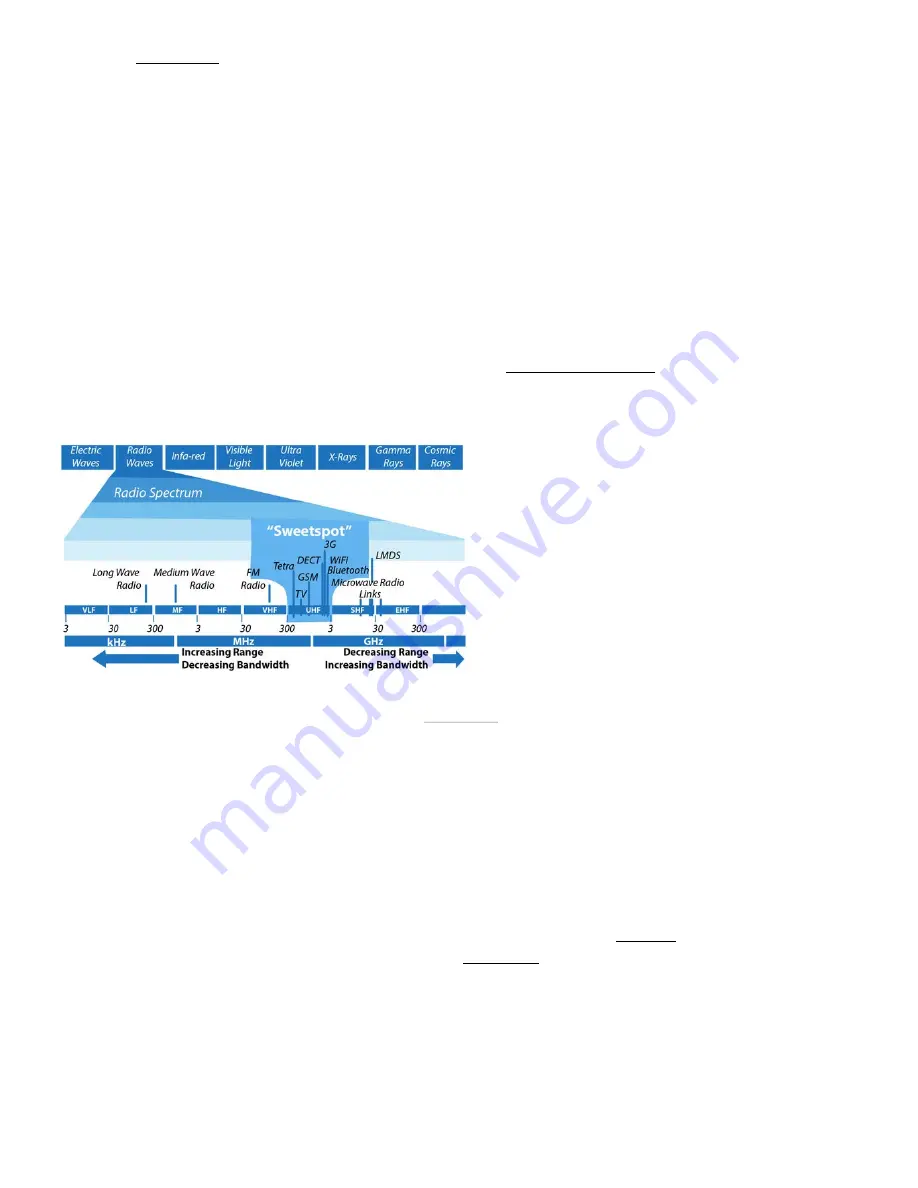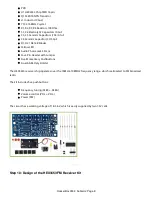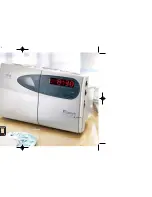
Step 3: Software Defined Radio (SDR) Reciver
Cue music: Radio KAOS
Sub-GHz technology is an ideal choice for wireless
applications requiring long range and low power
consumption. Narrowband transmissions can transmit
data to distant hubs, often several miles away,
without hopping from node to node. This long-range
transmission capability reduces the need for multiple
expensive base stations or repeaters. Proprietary sub-
GHz protocols allow developers to optimize their
wireless solution to their speci c needs instead of
conforming to a standard that might put additional
constraints on network implementation. While many
existing sub-GHz networks use proprietary protocols,
the industry is slowly adding standards-based,
interoperable systems. For example, the IEEE 802.15.4g
standard is gaining popularity worldwide and is being
adopted by various industry alliances such as Wi-SUN
and ZigBee.
Some interesting frequencies to explore include:
88-108 MHz FM Broadcast
NOAA Weather Radio
Air Tra c Control
315 MHz Keyless Entry Fob (most American Cars)
2m Ham Calling (SSB: 144.200 MHz, FM: 146.52 MHz)
433 MHz ISM/IoT
902-928 MHZ ISM/IoT
Various Modulation Schemes are used for di erent
types of radio communications on these frequencies.
Take a few minutes to familiarize yourself with the
basics.
Traditional radio components (such as modulators,
demodulators and tuners) are implemented using a
collection of hardware devices. The advent of modern
computing and analog-to-digital converters (ADCs)
allows most of these traditionally hardware based
components to be implemented in software instead.
Hence, the term software de ned radio (SDR).
Computer-based SDR a ords implementing
inexpensive, wide band radio receivers.
The RTL-SDR is a USB dongle that can be used as a
computer based radio receiver for receiving live radio
signals. A wide range of information is available online
for experimenting with RTL-SDR technology including
a quick start guide.
HackerBox 0034: SubGHz: Page 3

































